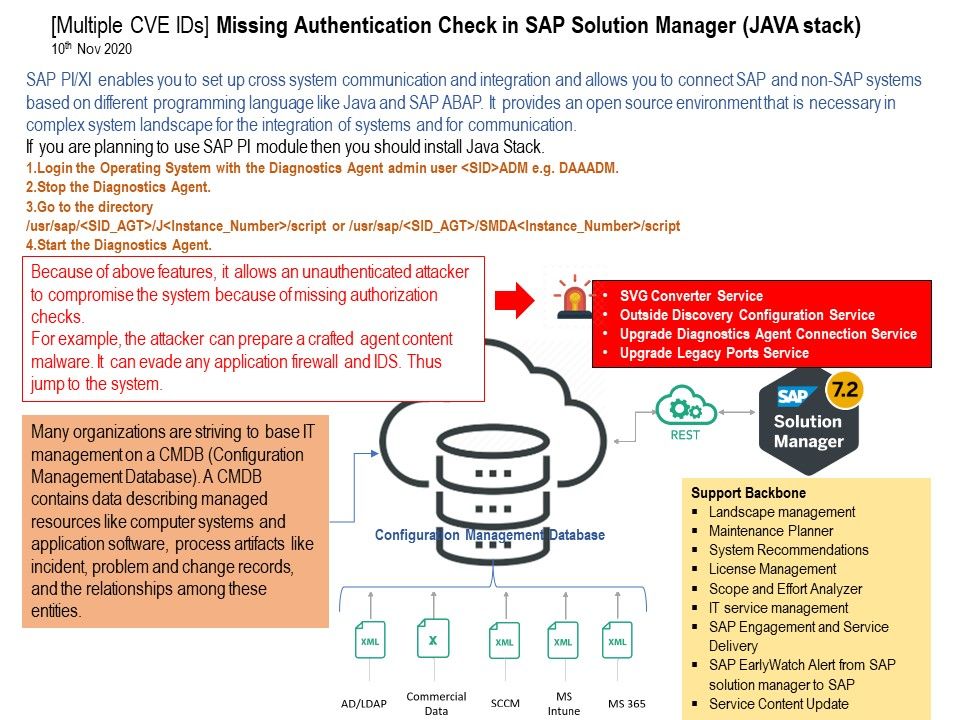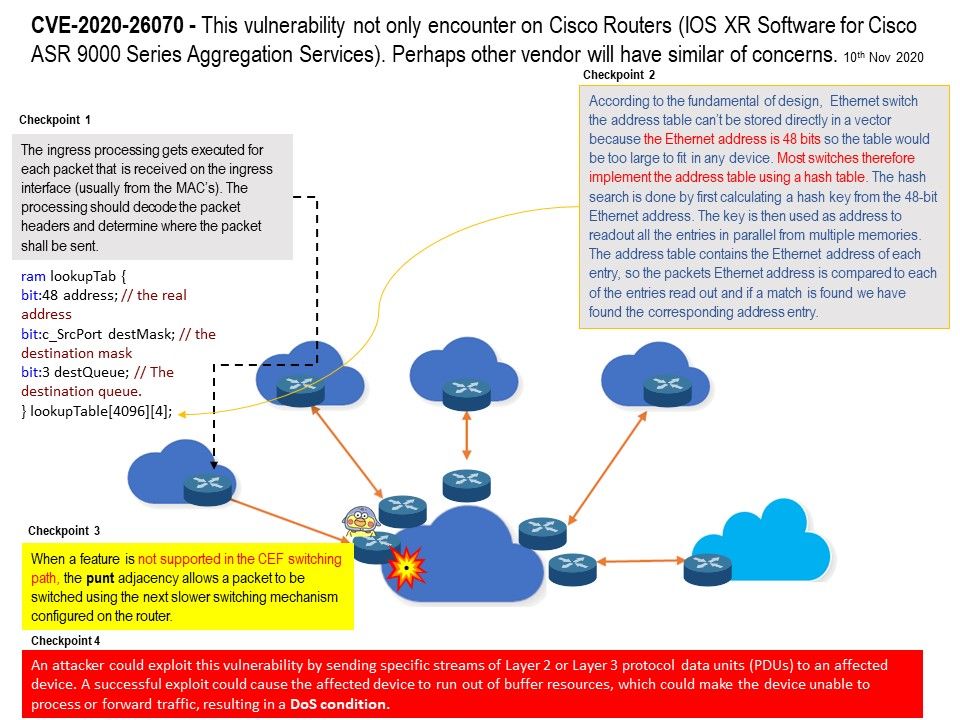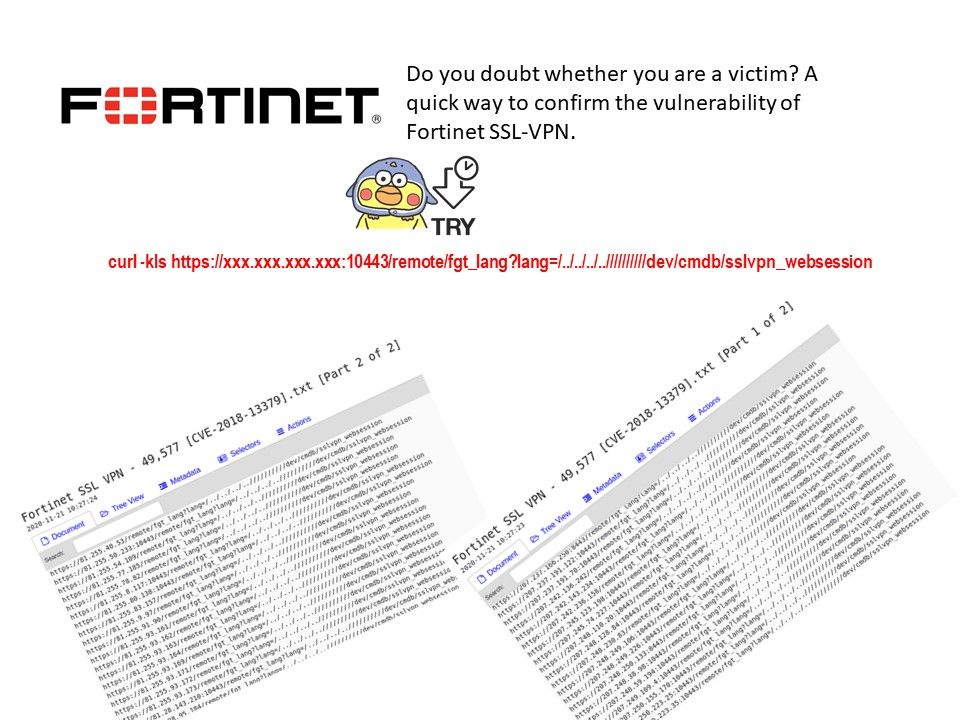
Do you doubt whether you are a victim? A quick way to confirm the vulnerability of Fortinet SSL-VPN ( CVE-2018-13379).
Preface: VPN client has design limitation causes information leakage not a news by today. However you should confirm your setup do not encounter this flaw.
Background: An unknown person left the information online. The details of such files are related to the IP address and details. However, Fortinet encountered this vulnerability a long time ago (2018). To confirm that he is not a victim. You can easily check the specific situation of the VPN firewall vulnerability status on your device. Please refer to the attached picture.
Headline News: A hacker has now leaked the credentials for almost 50,000 vulnerable Fortinet VPNs – https://www.bleepingcomputer.com/news/security/passwords-exposed-for-almost-50-000-vulnerable-fortinet-vpns/
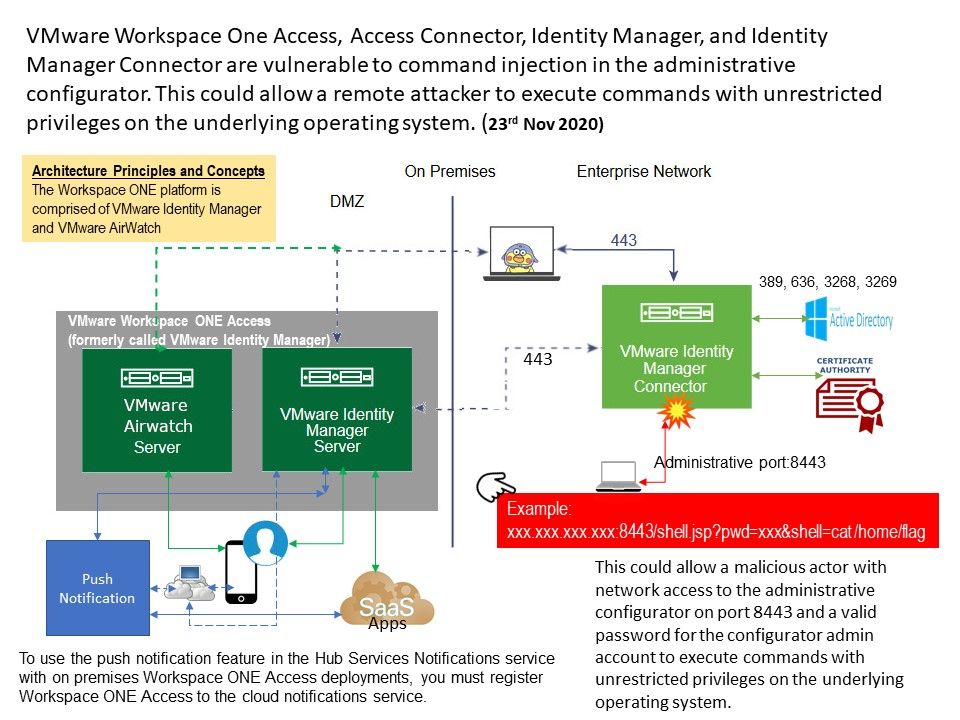


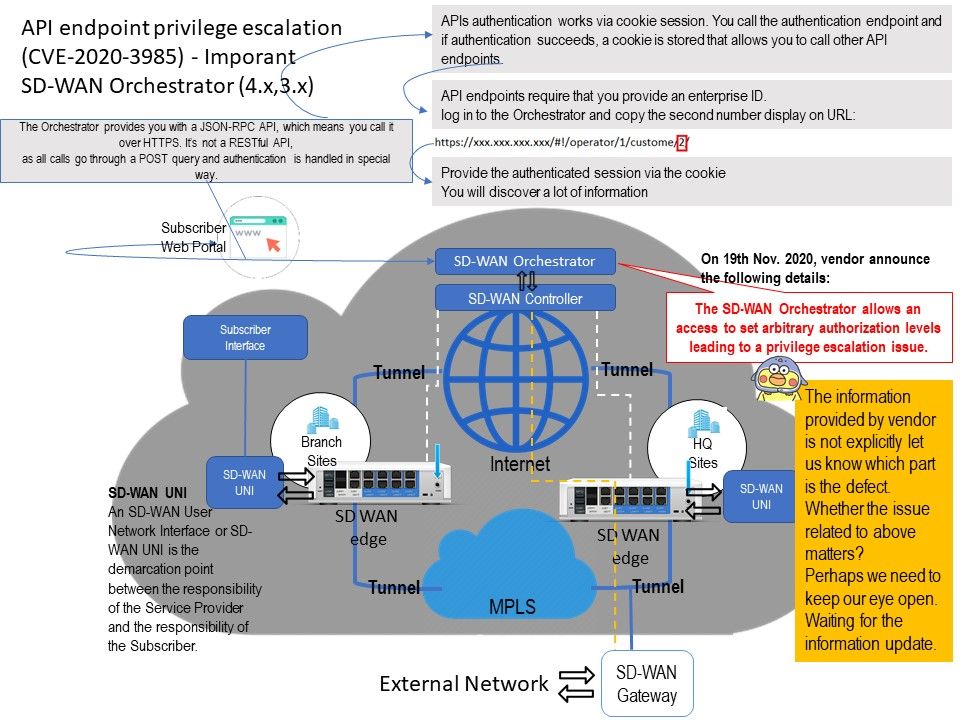
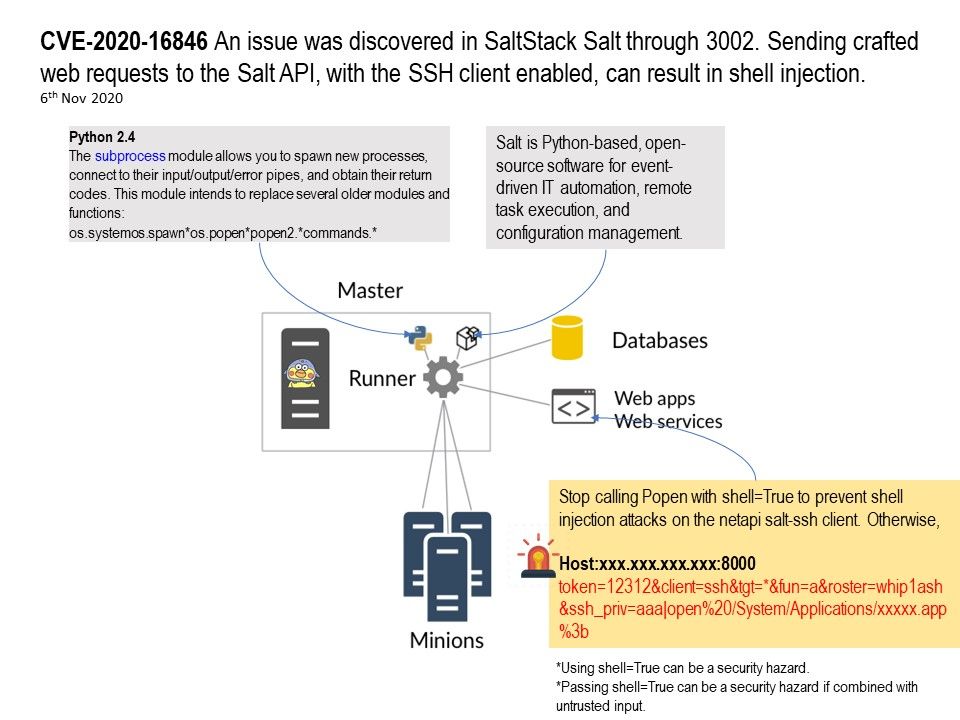
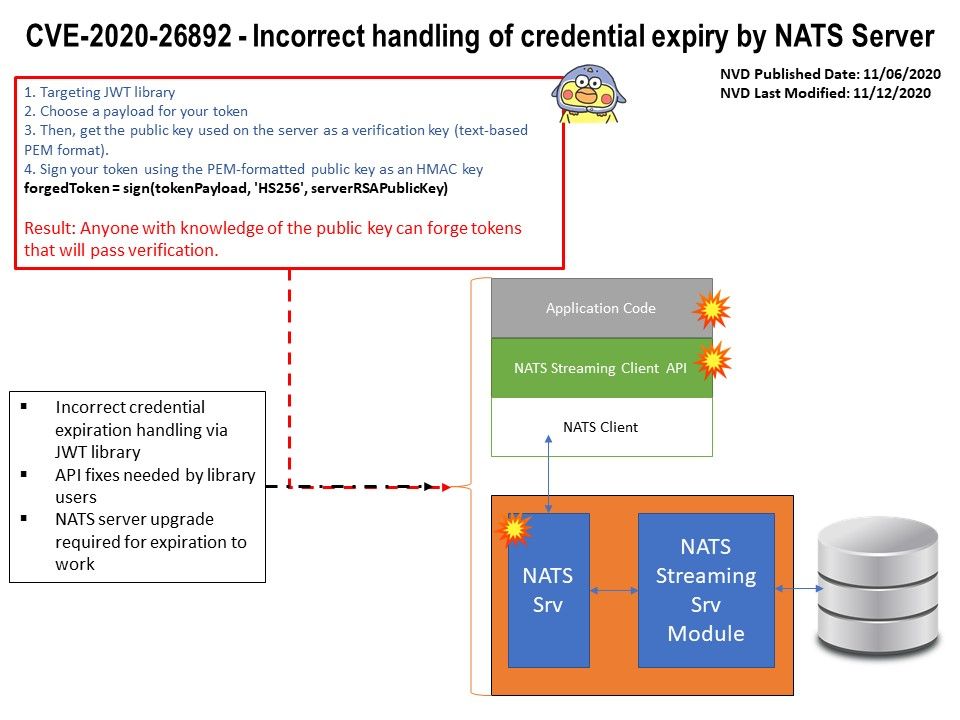
.jpg?width=1920&height=1080&fit=bounds)
